Amid the overtourism tirade, these countries still welcome tourists
Anti-tourist protests led by locals peaked in Europe this summer, and tourist taxes became the norm in many destinations. However, a few countries continue to actively scout for tourists.
Countries across the world have started slapping taxes on tourists now, but the idea isn’t new. A spa tax was introduced in Baden, Germany, as far back in 1507. However, visitor levies seem to have become fairly common in the last couple of years on the back of surging tourism.
Post pandemic, cheap flights, the rising popularity of cruises, a growing global middle class, and the rise of social media have fuelled people’s appetite for travel, leading to overtourism.
Overtourism may stimulate economic growth, job creation, and cultural exchange, but it brings with it environmental degradation, cultural erosion, economic inequality, overcrowding, and a strain on resources. More so since 80% of the world’s tourists go to only 10% of the world’s destinations, according to startup consultancy Murmuration.
While destinations such as Bhutan and Ibiza have slapped fees on visitors for years, governments across the world are now adopting the idea. In 2024, Venice and Bali began charging entry fees, Greece introduced a ‘climate crisis resilience fee’, and Edinburgh and Zermatt began contemplating a ‘transient visitor levy’. Last week, New Zealand announced a near tripling of its visitor tax from October 1—from $22 to $62.
Matt Doocey, New Zealand’s Minister for Hospitality and Tourism, in a statement said international tourism comes with “costs to local communities, including additional pressure on regional infrastructure and higher upkeep and maintenance costs across our conservation estate.”
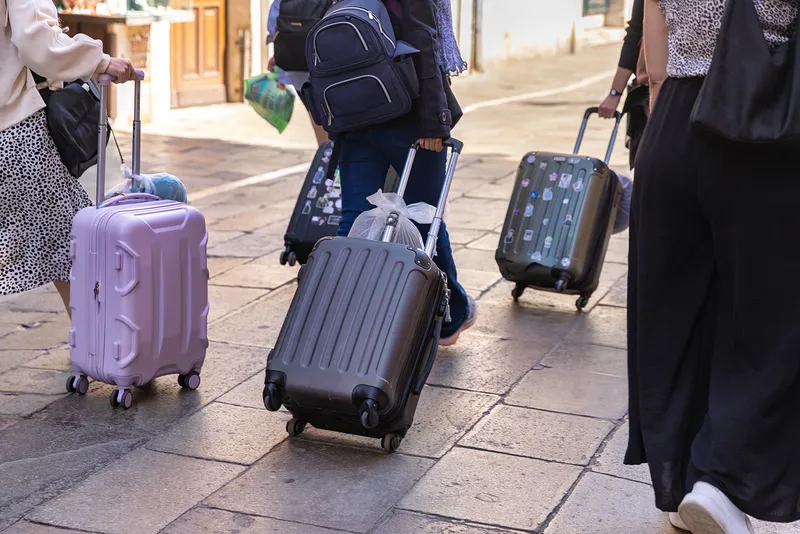
Post pandemic, cheap flights, a growing middle class, and the rise of social media have fuelled people’s appetite for travel.
Countries are levying taxes on visitors under different names citing various reasons, including the need to curb the number of visitors, maintain tourism facilities, and protect natural resources. Around 60 destinations across the world, from Venice to Bhutan, now charge some kind of fee for travellers simply to enter.
Has all this stopped people from travelling the world? Turns out it hasn’t.
Even as governments stress about overtourism, airlines and hotels around the world are trying to outbid each other to spike sales.
Here are some countries that continue to actively scout for tourists. They may have become popular in recent times, but they aren’t facing overtourism issues yet. They are keen to showcase their history, heritage, culture, and natural beauty to tourists, and ultimately give their economy a boost.
Sweden
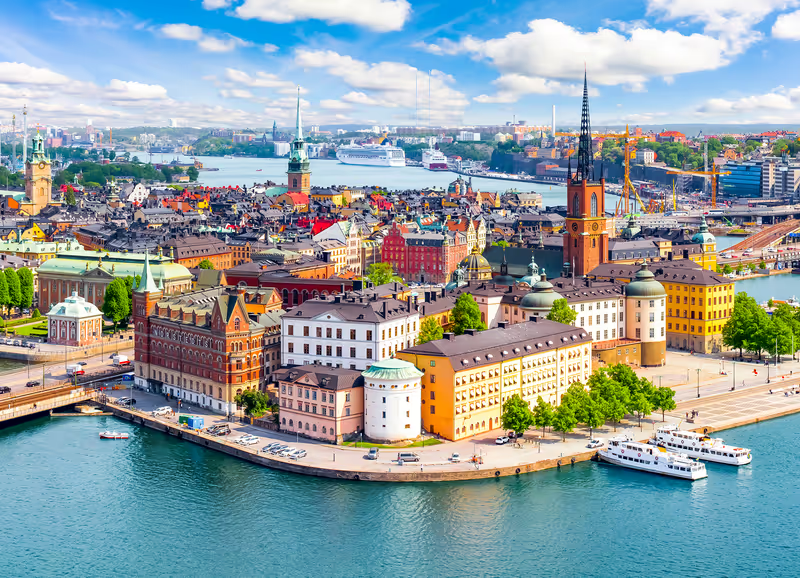
Swedish design sensibilities pervade everything in Stockholm, be it the monuments, castles, or metro stations.
With the world continuing to get hotter, tourists are looking for colder destinations like Sweden.
Visit Sweden, the Swedish tourism association, believes vacationing in colder regions is here to stay. “Gone are the days of tirelessly chasing the scorching sun and sweltering heat,” says its website.
‘Coolcations’ are trending, and could there be a better place to cool off than Sweden? The Scandinavian nation is home to inland lakes, coastal islands, boreal forests, and glaciated mountains. The bustling cities of Stockholm, Gothenburg, and Malmö; the serene landscapes; and the progressive culture make for an ideal holiday.
Rich in architectural monuments and design, Sweden tops the list when it comes to design travel. Be it architecture, clothes, accessories, or furniture, the choices are aplenty.
The magnificent Stone City of Sundsvall, Kuggen in Gothenburg, the Jewel in Uppsala, the neo-futurist twisted skyscraper Turning Torso in Malmo, and the IKEA Museum in Älmhult will appeal to design lovers.
Culture trippers will enjoy Borås, the capital of textiles; Rörstrand Museum in Lidköping, the porcelain city; Naturum Vänerskärgården Victoriahuset, an architectural gem located by Lake Vänern; Nordic Watercolour Museum, where you can combine art tours with a swim in the sea; and the majestic Varnhem Monastery dating back to the 12th century.
The weather is perfect to enjoy the national dish, the cinnamon bun, with a hot cuppa!
Norway
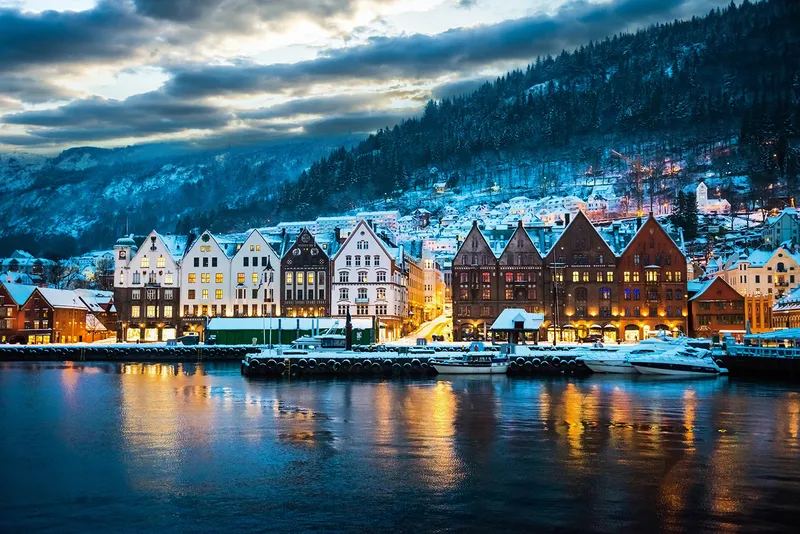
The City of Seven Mountains, Bergen is the gateway to the fjords, including Sognefjord, Norway's longest and deepest fjord.
Norway seems to be following in its Scandinavian sister’s footsteps, with Visit Norway urging travellers to “escape the scorching sun and intense heat and head North for a refreshing summer vacation."
Meanwhile, a viral Oslo travel advert with more than 25 million views is showcasing a city that travellers can no longer see in most places: no queues, no selfie snappers, and no crowds.
Oslo blends urban life, stunning architecture, and nature-centric experiences. Apart from the capital, the Oslo region has plenty of treasures: Østfold and Vestfold, with charming coastal towns such as Fredrikstad and Tønsberg.
Tromsø, the capital of the Arctic, is located in Northern Norway, and is the place to be for northern lights, the midnight sun, nature adventures, and whale watching.
Bergen, with the Hanseatic League-time wharf Bryggen, is the gateway to some of Norway’s most famous fjords. This includes Sognefjord, Norway’s longest and deepest fjord, and Hardangerfjord. The UNESCO World Heritage-listed fjords showcase the wild landscapes and scenic beauty that Norway is renowned for.
The Roys, who headlined HBO’s Succession, also played their part in popularising some of Norway’s dramatic mountains and fjords: the stunning 36-km-long coastal Atlantic Road; the spectacular Eggen restaurant atop the Nesaksla mountain; Trollstigen (Troll Ladder), one of Norway’s most scenic routes; the Juvet Landscape Hotel in Valldal; and the Art Nouveau town of Ålesund in northern Fjord Norway.
In recent times, a culinary revolution has put Norwegian food traditions and ingredients in the spotlight, which translates into delectable meals.
Japan
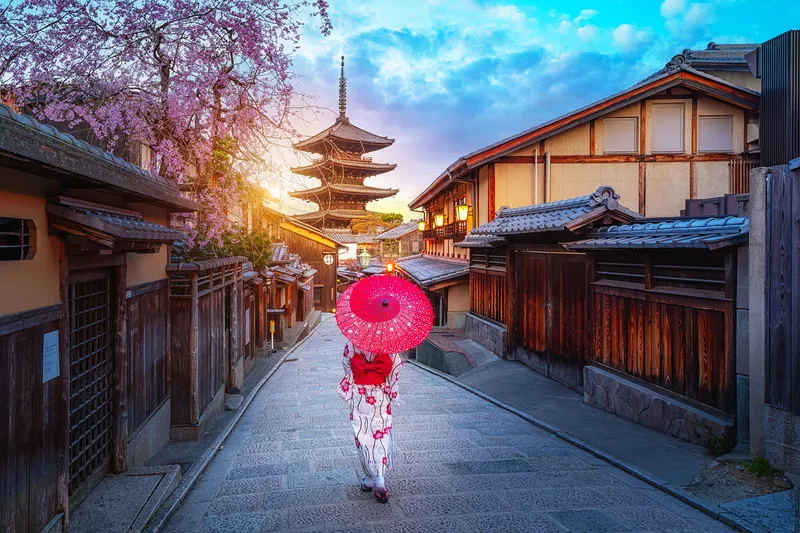
Built in the sixth century, the pagoda in Kyoto's Hokanji Temple complex is said to have been inspired by a dream.
Remember how much fun-loving Taani, portrayed by Anushka Sharma, wanted to visit Japan and the many cartwheels that Surinder Sahni (Shah Rukh Khan) had to do to take her there in the Bollywood movie Rab Ne Bana Di Jodi?
It may not be so tough now!
The yen’s historic collapse has resulted in a flood of tourists in Japan, which has always been a huge draw due to its rich history, heritage, and culture.
Japan National Tourism Organisation’s latest figures show that more than 14.5 million people arrived in the country in the first five months of 2024, clocking a 70% surge over the same period last year—on track to beat 2019’s record of 31 million visitors.
Locals may be unhappy but the influx has boosted Japan’s economy, which has been stagnant for decades on account of its greying population. The island nation offers a range of options: futuristic and traditional experiences, sightseeing in cities, immersion in the countryside, and a variety of culinary selections that will appeal even to the most jaded foodie.
There’s so much to do in the Land of the Rising Sun for every kind of traveller: centuries-old shrines, beautiful national parks, chic urban centres, and a range of experiences. Even if one can’t make it during cherry blossom time, one can absorb the nation’s varied history by extending the Golden route (Tokyo to Kyoto) to the cities of Kobe, Hiroshima and Fukuoka.
One can also join a tea ceremony, make Sushi in a class, explore museums about Japan in World War II, take in the geisha culture, visit a theme park, relax at an onsen (hot spring), and pay respects at Hiroshima and Nagasaki.
Sri Lanka
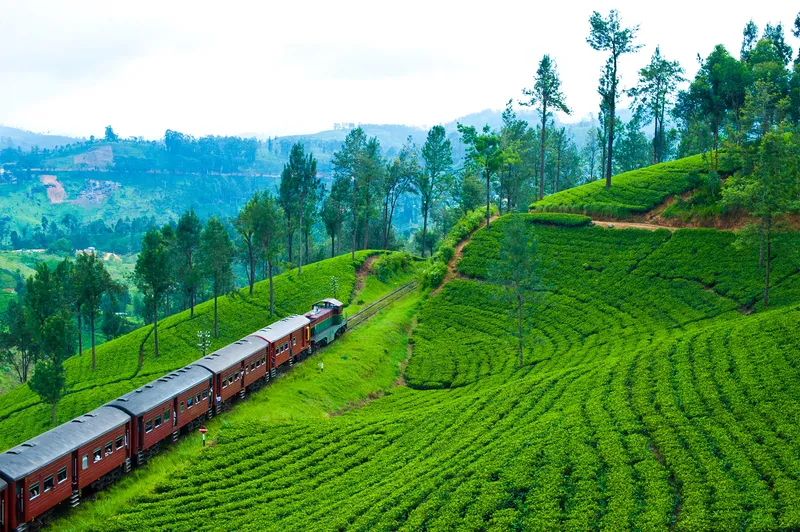
Dubbed "Little England" due to its cool climate, Nuwara Eliya is an important tea production centre.
The misty mountains, rolling tea gardens, endless beaches, timeless ruins, and welcoming people of Sri Lanka have lured travellers for ages. But there’s one more reason why people head to the island nation: to enjoy aromatic Ceylon tea.
In 2019, the island nation was listed as the world’s best destination by Lonely Planet. However, the state of affairs soon changed, and the flourishing tourism industry was battered by a deadly terrorist attack, the COVID-19 pandemic, political turmoil, and the worst economic crisis since independence in 1948.
With tourism on the resplendent isle taking a severe hit, Sri Lanka is now focusing on its signature tea—known for its freshness, flavour, and fragrance—to bring back the travellers.
The Pekoe Trail, a 300-km walking trail through the central highlands of Sri Lanka, passes through some of the most scenic terrains in South Asia.
Rail journeys, dense jungles, old temples, multiple shrines, adventure activities, flavourful food, and an elephant orphanage … one never runs out of things to do on the island. After that cup of tea, of course!
(Photos: Shutterstock)
Edited by Swetha Kannan







